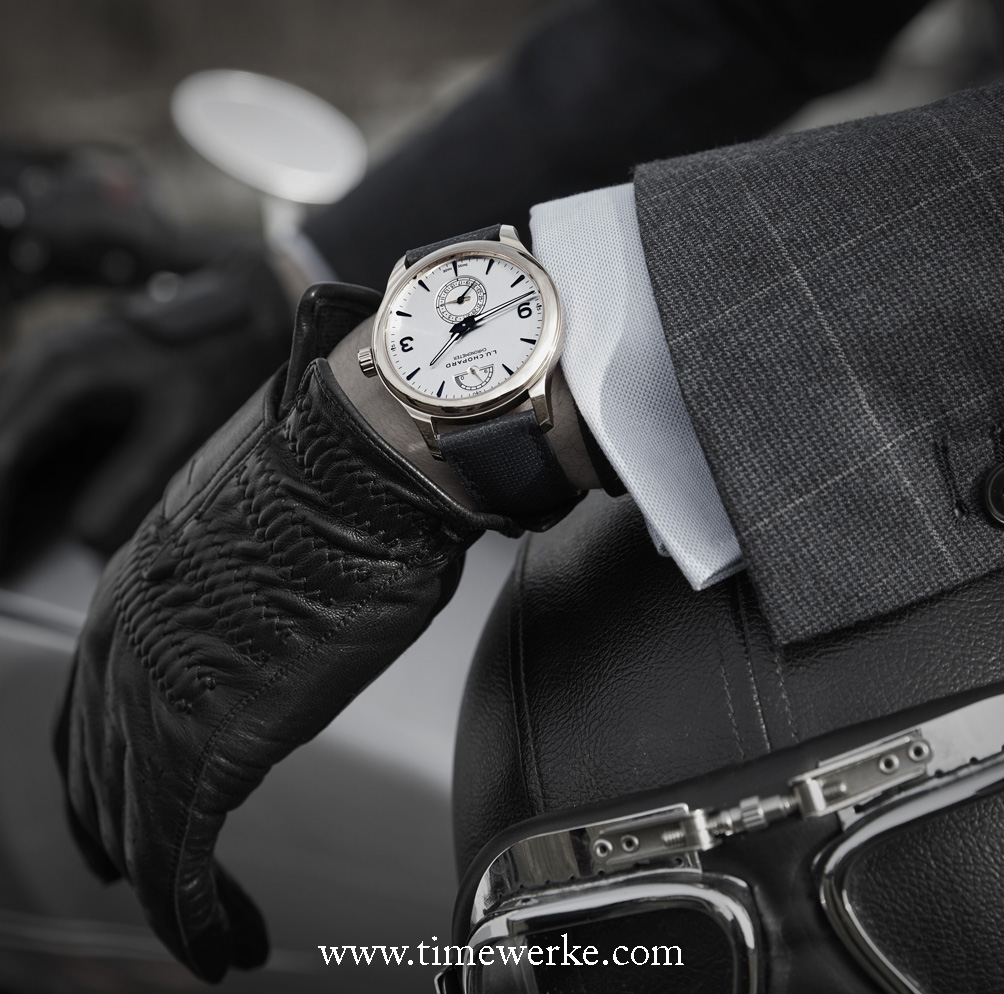Source: TimeWerke Videos
Among the many brand ambassadors for watch brands, two gentlemen in particular stand out for us – marine conservationist Scott Cassell and former US Navy SEAL Team Six member Rob Roy. In fact, they are both our favourites.
Why? They are not there just for photo opportunities or advertisements for the brand’s wristwatches; these two gentlemen also give their time to share their true-life experiences such that others are able to learn from them. Coincidentally, both Scott Cassell and Rob Roy are ambassadors for Luminox.
Scott Cassell for example, is especially vocal when it comes to marine conservation. He can fully explain why apex predator sharks should be protected and why we should all make an effort to reduce plastic thrash from entering our oceans. We actually had a discussion with Cassell over the issue of plastic waste in our oceans in late 2017 and what he explained is in the video “How Our Plastic Thrash Become Plastic Bullets”.
[Editor’s note: We released the Scott Cassell video on our YouTube channel on 31 July 2018 and subsequently published it on our website www.timewerke.com on 1 August 2018.]
Cassell’s call for plastic waste management became even louder for us over the recent week. On 23 October 2018 at the 26th UEG (United European Gastroenterology) Week held in Vienna, Dr Philipp Schwabl presented research that microplastics have been discovered in human excrement across the globe for the very first time.
“This is the first study of its kind and confirms what we have long suspected, that plastics ultimately reach the human gut. Of particular concern is what this means to us, and especially patients with gastrointestinal diseases.
“While the highest plastic concentrations in animal studies have been found in the gut, the smallest microplastic particles are capable of entering the blood stream, lymphatic system and may even reach the liver. Now that we have first evidence for microplastics inside humans, we need further research to understand what this means for human health,” noted Dr Schwabl.
The fish and the shrimp and other animals with plastic that mankind consume might be the cause for the rise in human cancers, Cassell hypothesizes. “It is our own pollution coming back to haunt us.
“If we throw plastic onto the street, it will find its way into the water, almost 100% guaranteed. Even plastic thrown into the dump might sometimes work its way into the waters,” says Cassell.
The discovery of microplastics in the human food chain as particles made of polypropylene (PP), polyethylene-terephthalate (PET) and others found in human stools were made by researchers from the Medical University of Vienna and the Environmental Agency Austria.
Microplastics are small plastic particles less than 5mm and are used in various products for specific purposes. It can also be created unintentionally by the breaking down of larger pieces of plastic through weathering, degradation, and wear and tear.
It is said that microplastics may impact human health via the gastro-intestinal tract where it may affect the tolerance and immune response of the gut by bioaccumulation or aiding transmission of toxic chemicals and pathogens.
The researchers had monitored eight participants from across the globe: Finland, Italy, Japan, the Netherlands, Poland, Russia, the United Kingdom and Austria. Every single stool sample tested positive for the presence of microplastic and up to nine different plastic types, between 50 and 500 micrometres in size, were identified. Polypropylene and polyethylene-terephthalate were the most common.
The research uncovered 20 microplastic particles per 10g of stool. This is said to be a relatively low figure.
The eight participants were exposed to plastics by consuming plastic-wrapped foods or drinking from plastic bottles. Interestingly, only six consumed seafood. This means that the contamination sources could be wide-ranging.
As for what should be done, in addition to reducing the plastics entering our oceans, Cassell states that: “We have to get plastics out of the ecosystem and recycled at all costs.”
References:
i. UEG, Microplastics discovered in human stools across the globe in ‘first study of its kind’, 23 October 2018
ii. TimeWerke Videos, How Our Plastic Thrash Become Plastic Bullets, 31 July 2018

